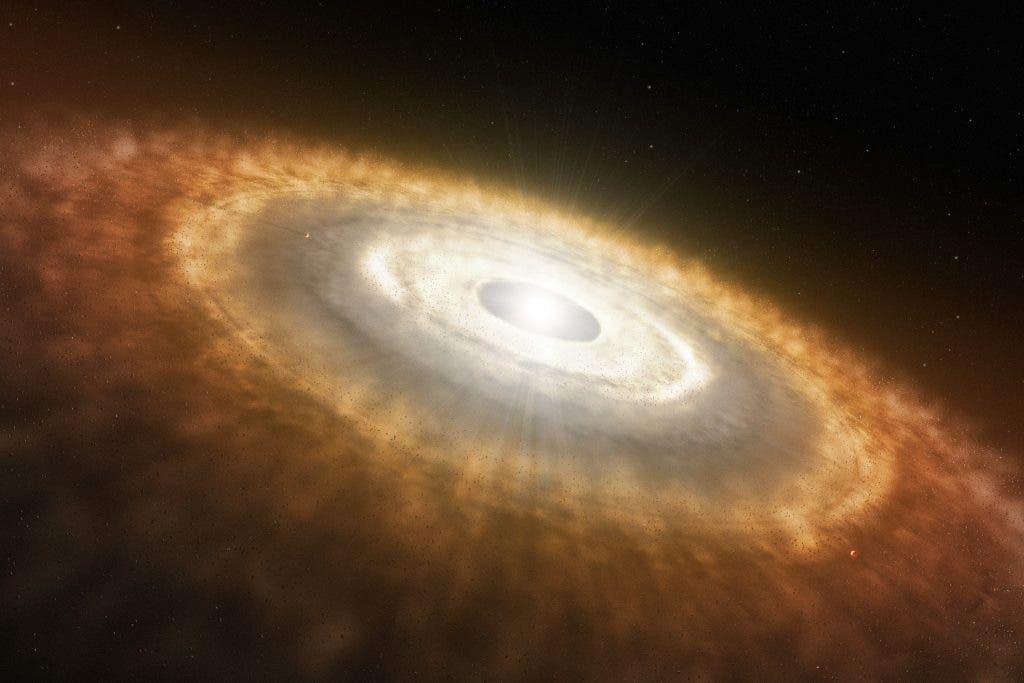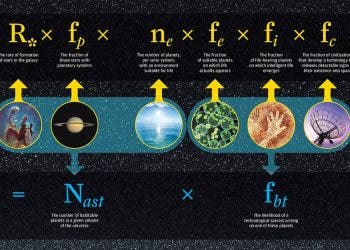Although we’ve yet to discover life forms on any other planet, astronomers are confident that not only we’ll be able to discover alien life, but we’ll be able to chart its spread through the Universe.

Panspermia is one of the most interesting theories regarding how life evolved; it states that life exists throughout the Universe, moving from planet to planet (including the Earth), much like a virus does. This happens when a planet rich in life is hit by an asteroid impact, and the life “seeds” are transplanted to another world (though other mechanisms for transportation have been proposed). These processes, as the theory itself, remain a subject of debate, but astronomers believe they now know what to look for.
Henry Lin of the Harvard-Smithsonian Center for Astrophysics (CfA) and his team believe that if we do see evidence of alien life, the distribution of inhabited planets would be a “smoking gun” for panspermia. They’ve developed a new model, according to which life would spread in a very particular way in panspermia.
“It’s not that different from an epidemic,” says Lin, an undergraduate with the Harvard-Smithsonian Center for Astrophysics and lead author of the study, which was accepted by the Astrophysical Journal. “If there’s a virus, you have a good idea that one of your neighbors will have a virus too. If the Earth is seeding life, or vice versa, there’s a good chance immediate neighbors will also have signs of life.”
Future bio-signatures could confirm their statistical predictions, even if the incidence of life is relatively low, but we still need some experimental proof. In a favorable scenario, detection of as few as ∼ 25 biologically active exoplanets could yield a satisfactory indication of panspermia, but we’re still miles away from finding 25 biologically active exoplanets.
But having life spread through the Universe like a disease is certainly an intriguing perspective.
“Life could spread from host star to host star in a pattern similar to the outbreak of an epidemic. In a sense, the Milky Way galaxy would become infected with pockets of life,” said co-author Avi Loeb, also of the CfA, in a press release.
So far though, our telescopes are simply not good enough to spot life on other planets – we’ll have to wait for the emergence of the new generation of telescopes, but even this won’t be enough. There’s also the matter of timing: how fast does life spread, and how fast does life evolve? We don’t know that yet. This is a simple, elegant and potentially foreshadowing model, but when it comes to alien life, we’re gonna need some hard evidence.
Lin himself acknowledges that this is the beauty and the curse of astrobiology: it allows for speculation like this, but you never know if you’re going to be right or not.
“Most of the papers like this are going to be wrong,” he says.






